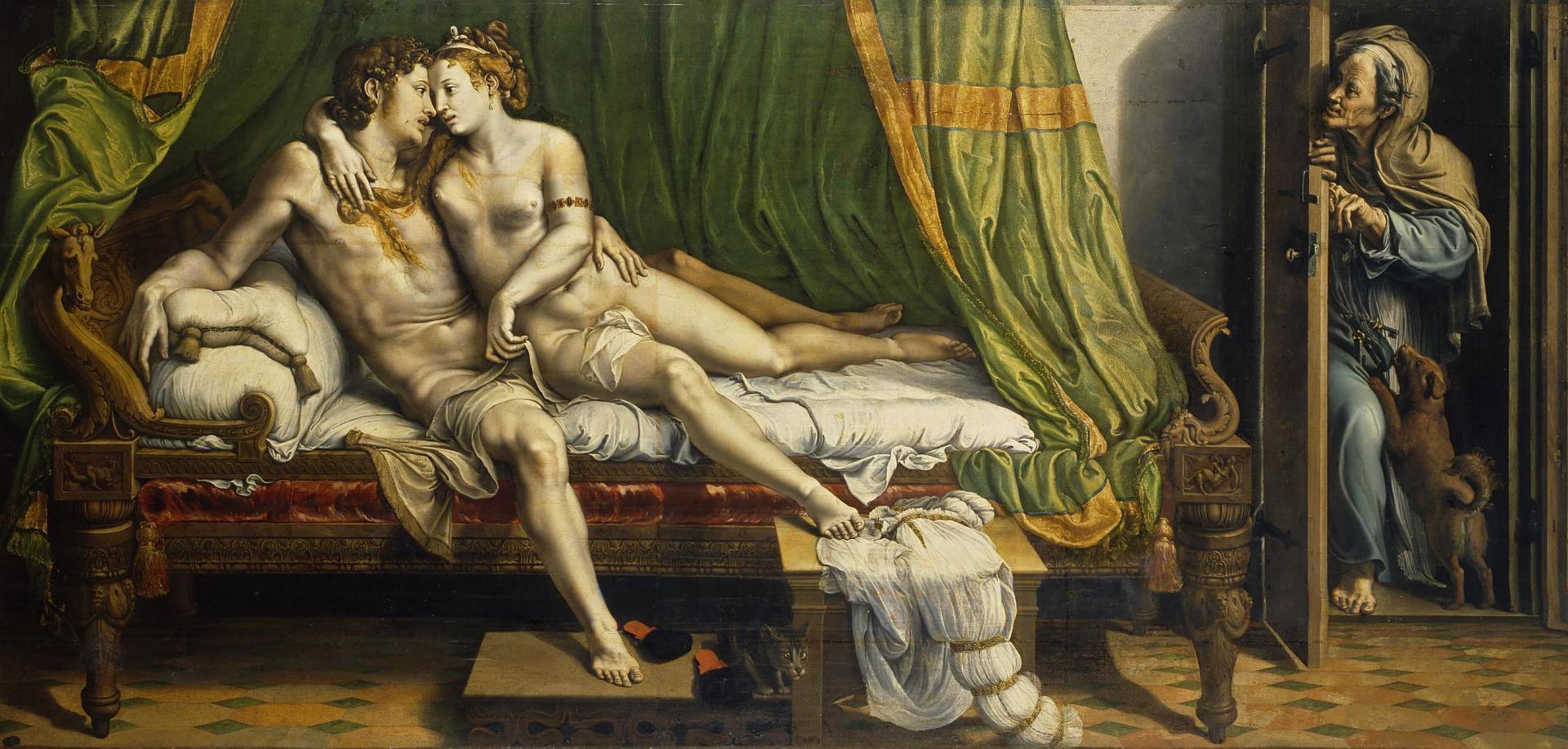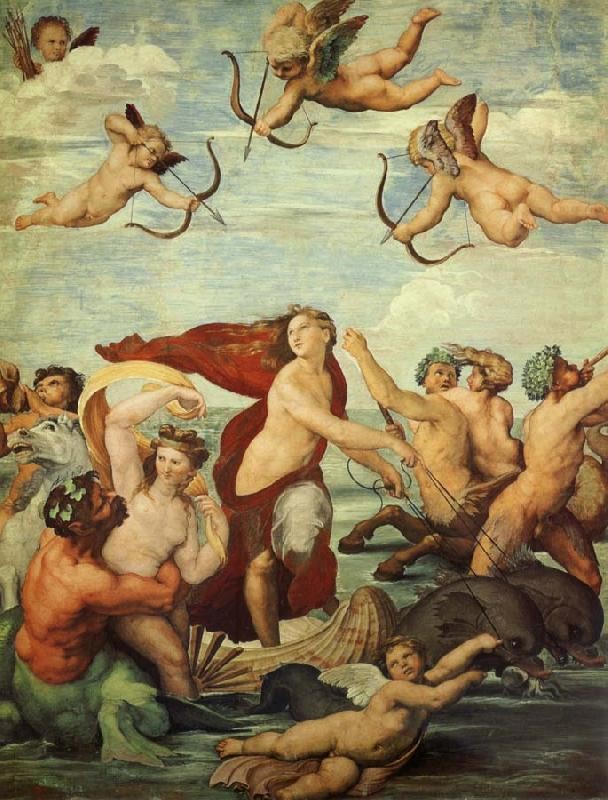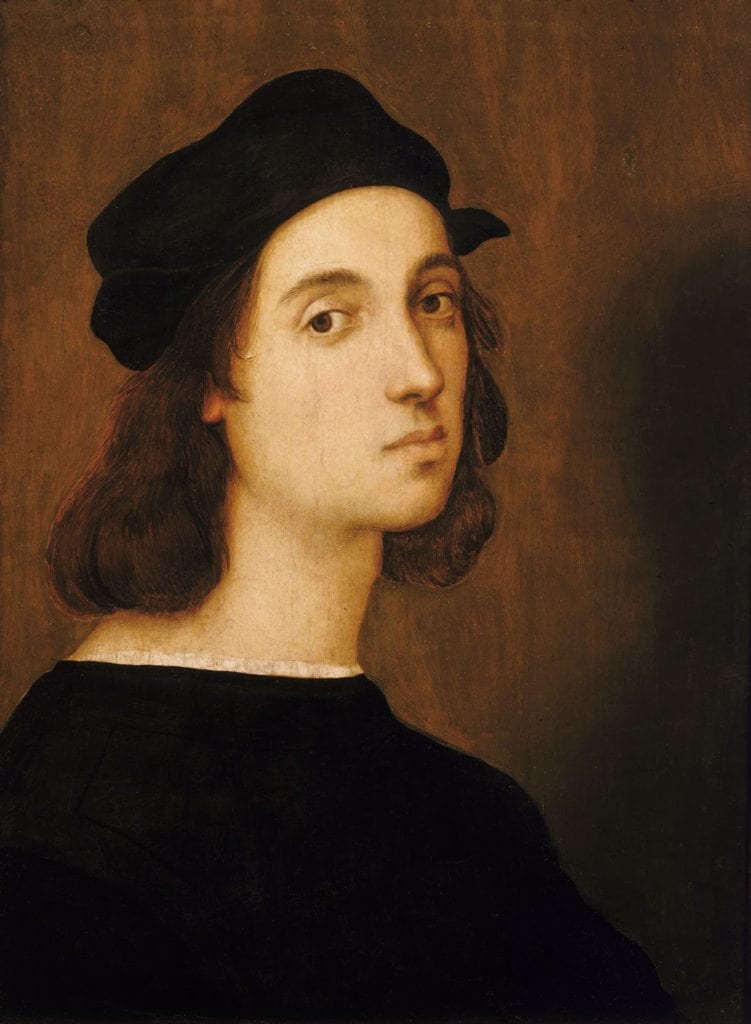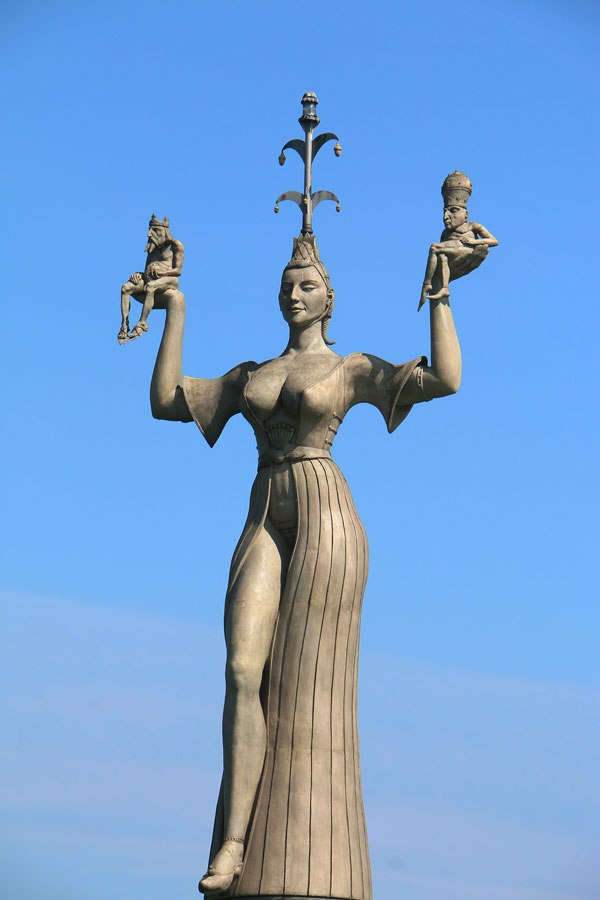
05 Jun The Queen of Courtesans, Imperia Cognati
Imperia Cognati (also called Imperia La Divina, meaning Imperia The Divine, or The Queen of Courtesans, 3 August 1486 – 15 August 1512), was a Roman courtesan. She has been considered the first celebrity of the class of courtesans, which was created in Rome in the late 15th century.
In the 15th century, the courtiers of the Papal court begun with the habit of hiring female escorts to accompany them in court life. As the Papal courtiers were clerics who were banned from marrying, the women they consorted with could not be marriageable, but at the same time, they must be educated and know their etiquette to be able to converse and participate in formal court life. This was the development of a new class of prostitutes in Christian Europe: the courtesan, which then spread from Rome to other parts of Europe, and Imperia was to become the first famous representative of this new type of prostitute. Courtesans by custom kept a main client as a steady supporter, while in addition openly entertaining others as temporary clients.

Raphael’s Galatea in his frescoes at the Villa Farnesina in Rome is thought to be Imperia
Imperia Cognati acquired her elevated status mainly through being the chosen companion of Agostino Chigi, a Sienese banker closely associated with Pope Alexander VI and others and a patron of the Renaissance. At one time he was thought to be the richest banker in the world.
He lavished Imperia – as she was usually known – to the extent that she could afford to keep both a palace in Rome and a country villa.
Chigi remained her main client but she took others, maintaining her status – and income – by being very selective over the men with whom she would consort. Her exclusive list included Angelo di Bufalo, who was another banker, Angelo Colocci, a papal secretary under Leo X, Tommaso Inghirami, a papal librarian, and the painter Raphael, of whom Chigi was a sponsor.

The artist Raphael was among Imperia’s lovers at the time she posed for him.
Imperia posed as a model for Raphael on a number of occasions. It is thought that the nymph Galatea in the frescoes Raphael painted for the Villa Farnesina in Rome, built by Chigi, is actually Imperia.
Imperia’s background is not entirely clear. Some sources suggest she hailed from Ferrara but the consensus is that she was born in Rome, the daughter of a prostitute, Diana di Pietro Cognati, and raised in Via Alessandrina in the district of Borgo.
It was speculated that her father was Paris de Grassis, who would later serve as master of ceremonies under Pope Julius II, which may explain how she acquired an education, and why she at times referred to herself as Imperia de Paris.
She gave birth to a daughter, named Lucrezia, at the age of 17, of whom the father was assumed to be Chigi.
Imperia died in 1512, at the age of just 26, apparently from poisoning, thought to be self-administered.

The statue named Imperia at Konstanz is said to have been inspired by Balzac’s fictional portrayal of a courtesan
Various theories have been put forward as to what might have prompted her to take her own life. One is that she was distraught that Angelo di Bufalo, supposedly her true love, decided to end their relationship, another is that she felt pushed out when Chigi took a new, younger mistress.
Whatever the reason, she was given a stately funeral in Rome, fit for a noblewoman rather than a prostitute, paid for by Agostino Chigi. She was buried at the church of San Gregorio Magno al Celio in Rome, although the monument erected in her name has not survived.
Apart from her image being preserved in works by Raphael, Imperia is thought to have been the inspiration for Honoré de Balzac’s 1832 story La Belle Impéria, set in the time of the Council of Konstanz, which ended the Western Schism in the Catholic Church, in which a courtesan is given the name Imperia.
The character in Balzac’s novel has been portrayed by the German painter Lovis Corinth in 1925, and also inspired the larger-than-life Imperia statue in the harbour of Konstanz, the town on the lake in Germany of the same name, erected in 1993.



